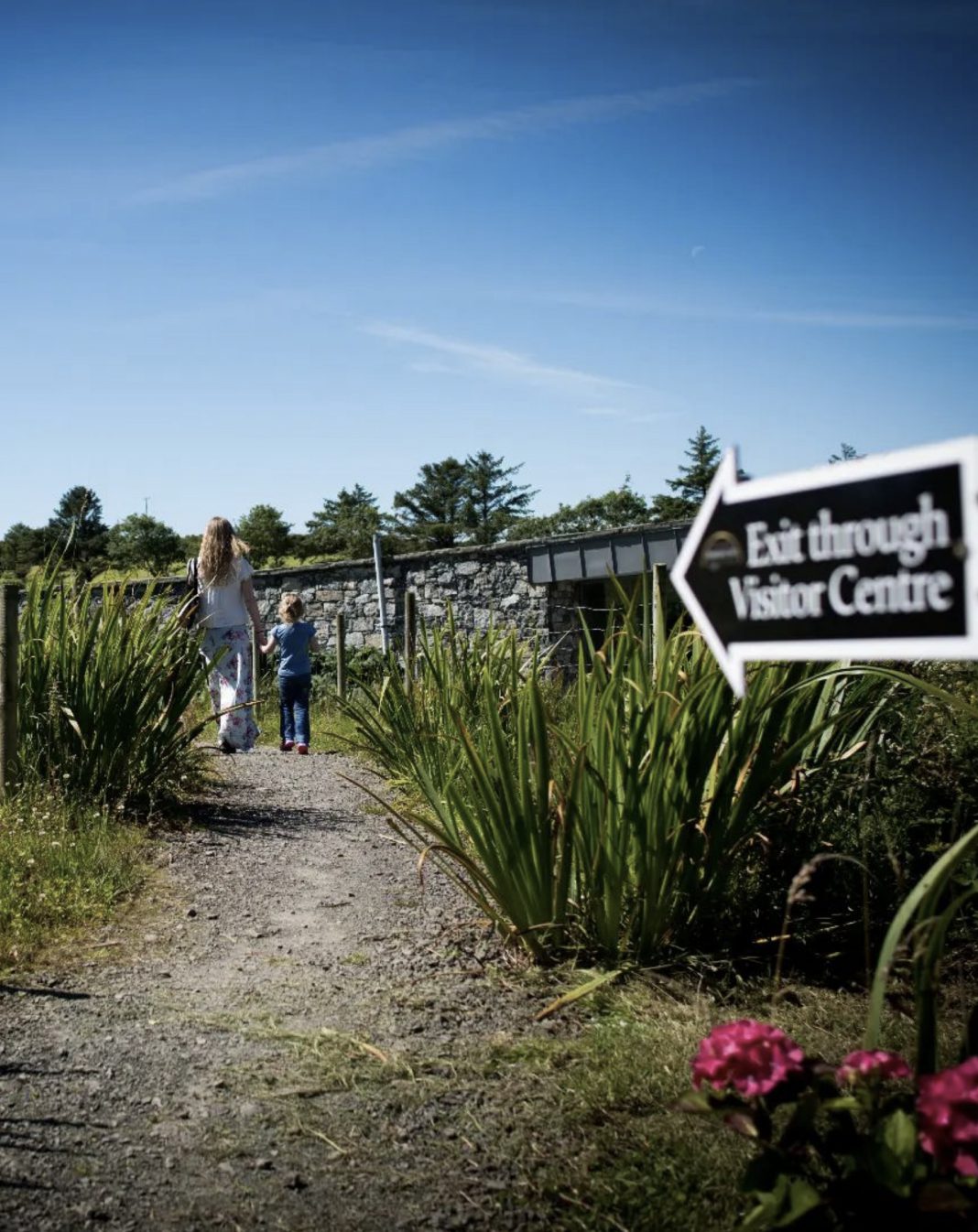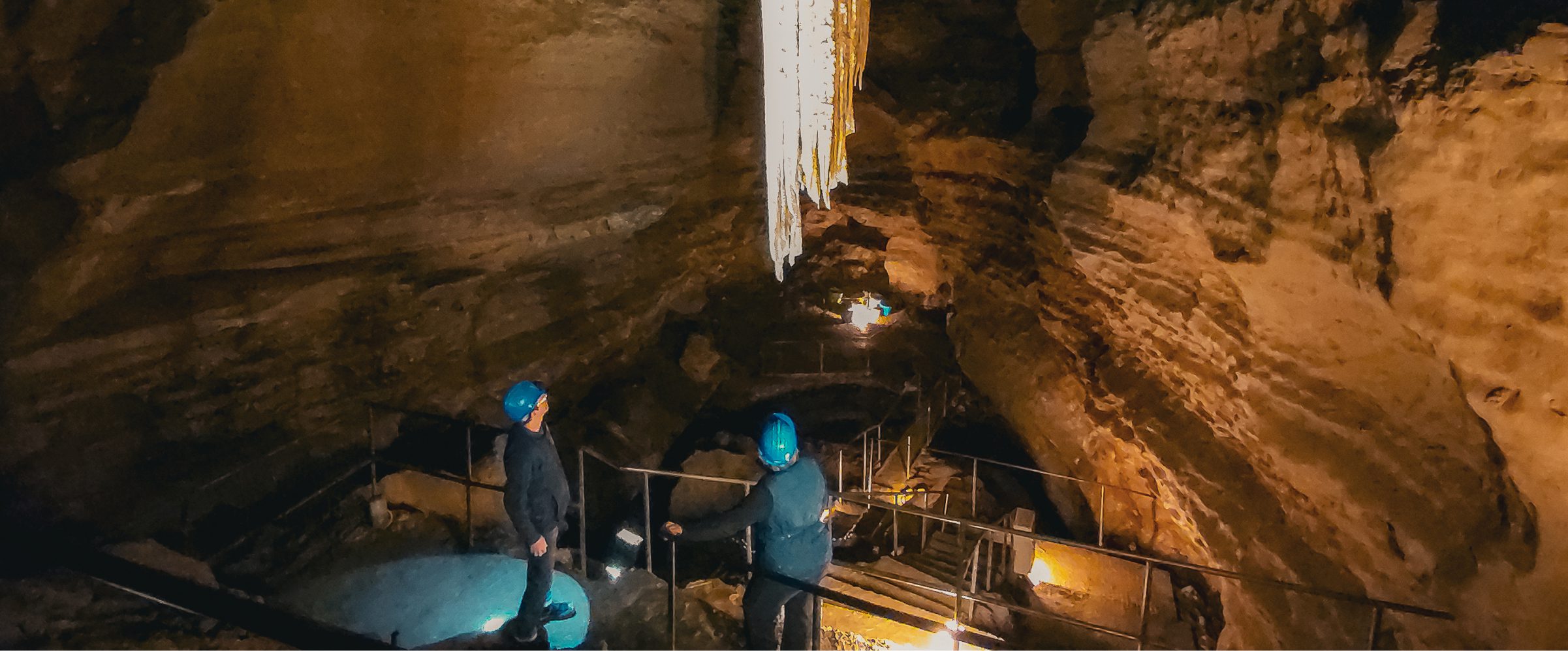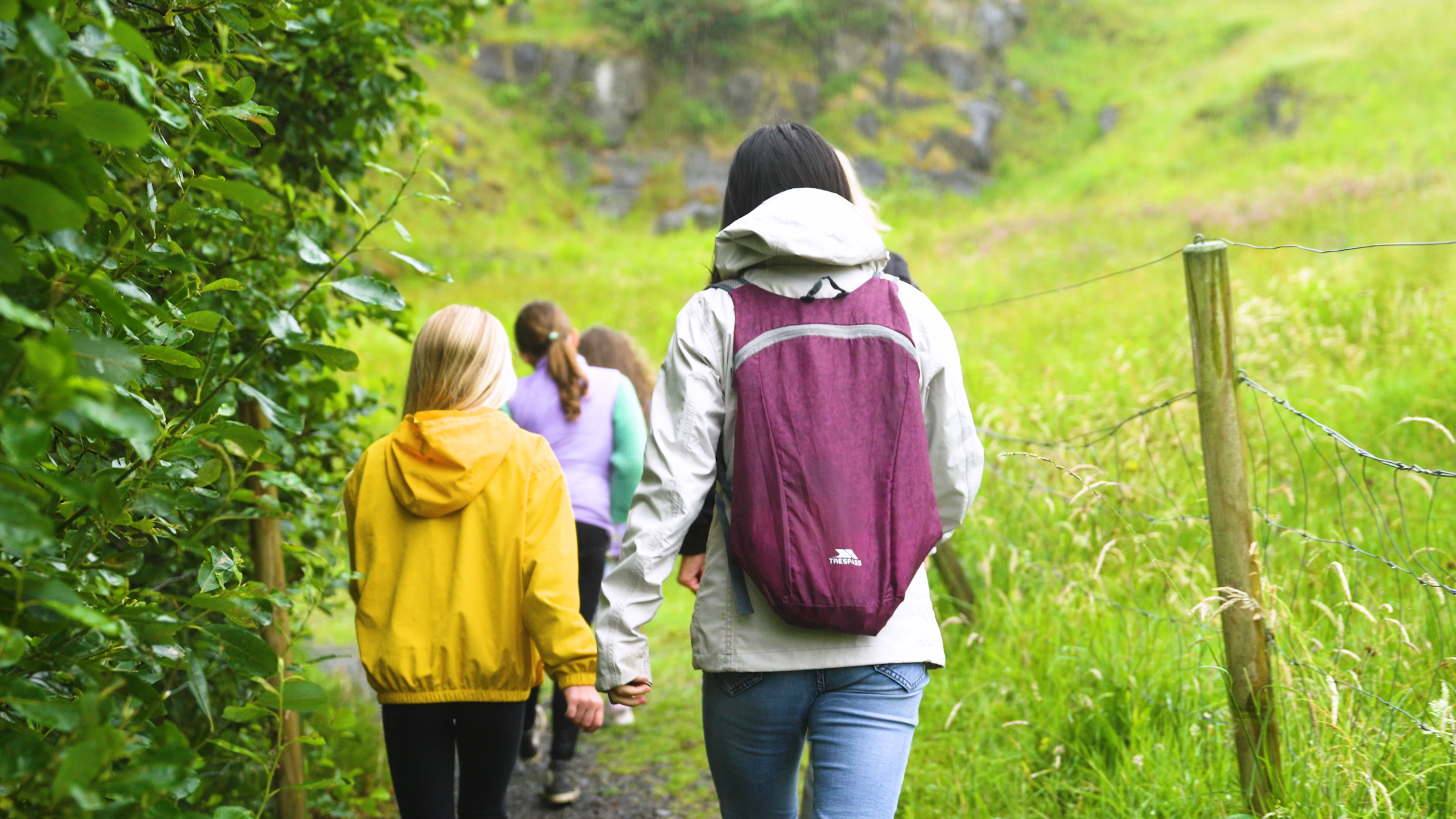There’s something quietly transformative about slowing down. In June 2025, Tourism Ireland invites you to embrace a gentler pace with its global “Ireland Unrushed” campaign, and there is nowhere more fitting to experience this ethos than at Doolin Cave. Tucked into the limestone heart of the Burren in County Clare, Doolin Cave is not simply a destination—it’s a chance to step out of life’s rush and rediscover what it means to wander, wonder and dwell in the small moments that leave lasting impressions.
Discovering Doolin Cave: A Slow Tourism Sanctuary
On the island of Ireland, tourism is no longer just about ticking boxes—it’s about savouring the journey, connecting with nature and community, and immersing oneself in place. Doolin Cave has long been one of Ireland’s best-kept secrets, and now the “Ireland Unrushed” spotlight means it’s your chance to join a growing number of visitors who seek depth over dash. Here, you’ll find that time follows a different rhythm: one dictated by limestone drips, coastal breezes and the unhurried harmony of the Burren.

Arrival: Embracing the Burren’s Quiet
Begin your day on a narrow country road edged with hawthorn, tufted vetch and red valerian. Signposts guide you to a modest stone building with a “green roof” topped with grass: the visitor centre, café and gift shop await. There’s no hum of large coaches or huge crowds here—only the ticking of nature’s clock. Pause at the picnic benches for a moment’s reflection, perhaps sipping a cup of freshly brewed tea as skylarks wheel overhead. Notice how the Burren’s greys and greens shift under the June light, revealing pockets of blue-petalled gentians or tiny orchids nestled between limestone slabs. In this landscape of paradox—harsh yet fertile, stark but suffused with life—you begin to understand the “Slow Tourism” heartbeat.
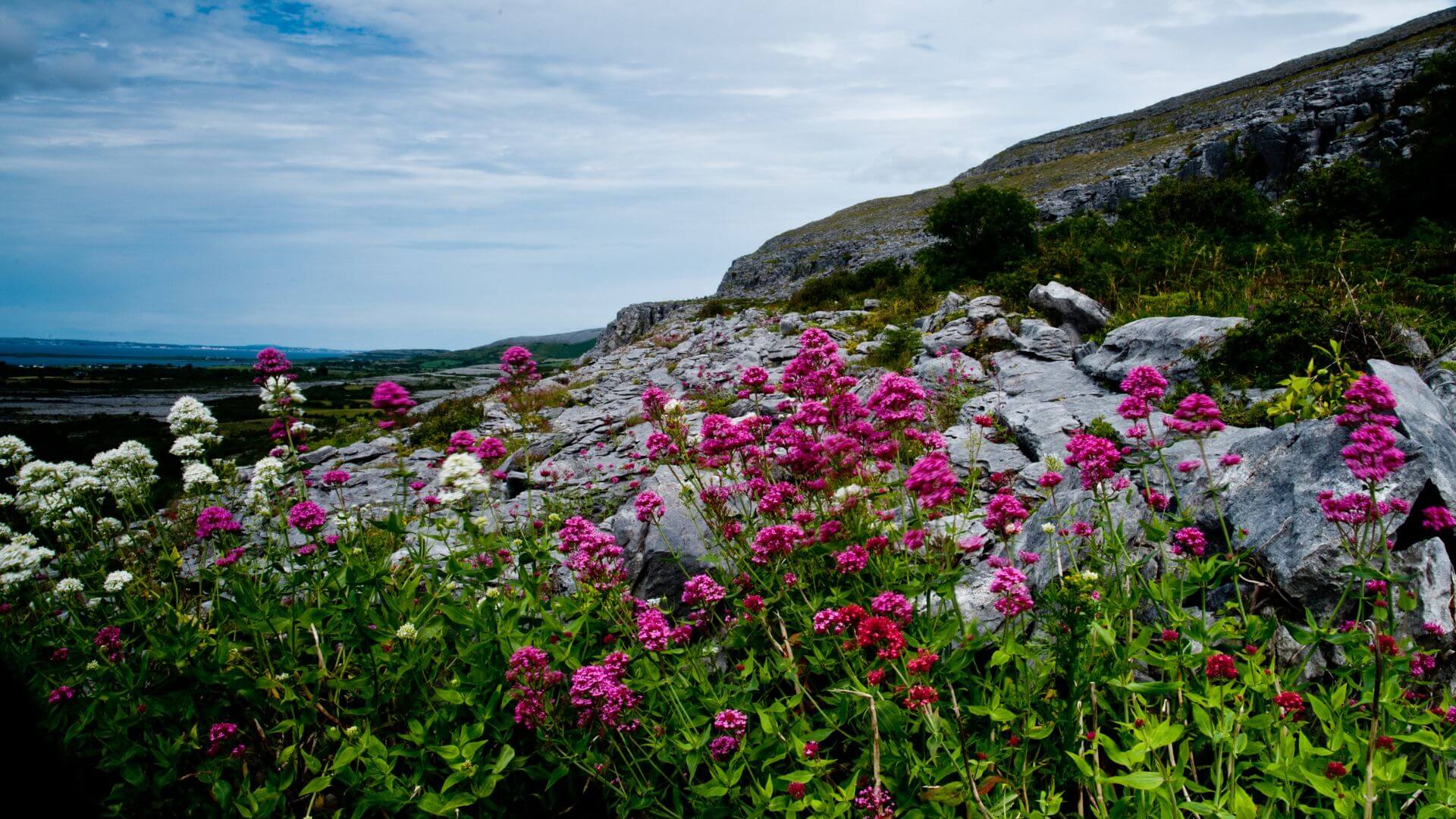
The Eco-Trail: A Prelude to the Underworld
Before (or after) descending into the cave’s cool silence, set off along the one-kilometre eco-trail that gently loops around the site. Take your time, for this is exactly what Doolin Cave offers—space to reflect, absorb and attune yourself to the earth’s rhythms. As you wander, keep an eye out for sheep nibbling Burren grasses, clucking chickens, waddling ducks and the friendly pygmy goats that often approach the fence with curious bleats. A well-placed bench invites you to rest, listen to the distant call of the cuckoo, and let the Burren’s stillness settle over you. As the path meanders upwards, you’ll come upon a vantage point where Ballinalacken Castle emerges from the landscape—its weathered stone turrets standing sentinel on a ridge. Beyond the castle, the Burren’s rolling hills unfold like ripples across a muted sea of grey limestone, dotted with pockets of wildflowers and framed by distant glimpses of the Atlantic. Carry on to the original entrance to the cave tucked away almost imperceptibly among outcrops of craggy rock. Here you’ll catch a glimpse of the old, disused portal where those first explorers made their way underground over 70 years ago. Arrive back at the visitor centre 15 minutes before your tour begins for the second part of the journey.

Under the Surface: A Guided, Intimate Exploration
At the cave entrance, a small group gathers—never more than 22 participants at a time—to preserve the delicate underground environment. Your professional tour guide prepares the group for descent. You begin the journey down a stairwell shaft of 125 steps, with resting points at every flight to pause and rest if needed. At the bottom, hard hats are issued for safety before you head into the cave itself via narrow passages. Once inside, the gentle lighting reveals fossils embedded in the walls—silent witnesses to ancient seas. Further on, helectites hang like spaghetti throughout. Onwards, the chambers reveal their grandeur. Stalactites and stalagmites hang and rise like silent sentinels, each shaped by thousands of years of patient accretion. Your guide’s voice is calm and measured, weaving stories of geology and folklore: how J. M. Dickenson and Brian Varley first discovered these passages in 1952, how generations of local residents rallied to protect this fragile wonder, and how the very slow drip of mineral-rich water yielded Ireland’s most majestic underground marvel.
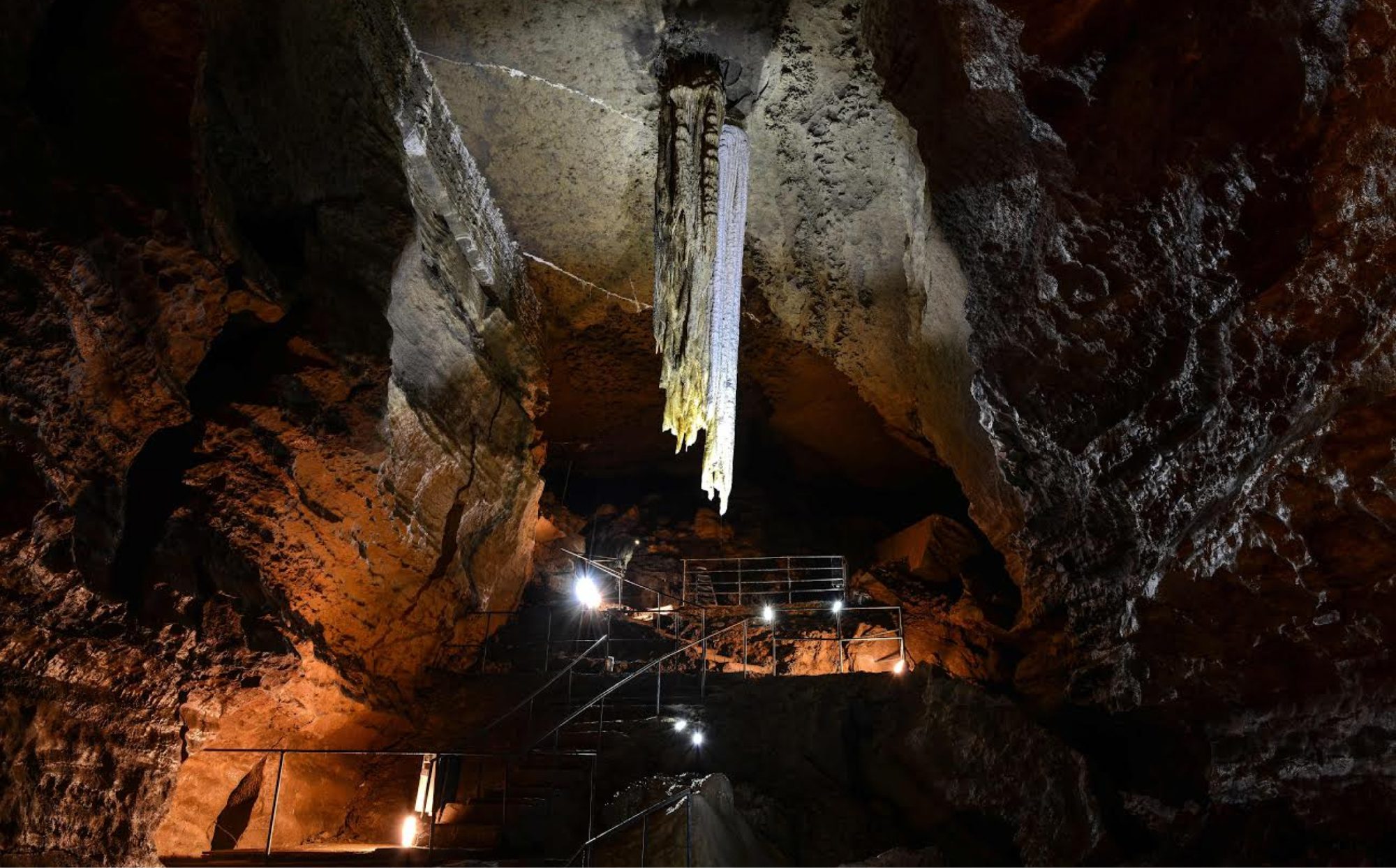
The Great Stalactite: Patience Carved in Stone
The heart of Doolin Cave is the Great Stalactite—a free-hanging wonder that stretches over seven metres from the ceiling. In an age of instant gratification, its magnitude is humbling: each delicate layer of calcite was deposited drop by drop over countless centuries. To stand beneath it is to confront a form of patience that far exceeds any human schedule. As you gaze upward at its shimmering form, it becomes clear that “Ireland Unrushed” is not just a slogan, but a living philosophy embedded in every inch of this cave. Take a moment to close your eyes and let the silence sink in. No echo of traffic, no urgency of time—only the faint trickle of water and an almost reverent stillness. In that hush, you understand why Doolin Cave was awarded Gold Standard status by Ecotourism Ireland: it is a place where conservation and community stewardship converge, where every visitor is gently reminded that to slow down and tread lightly is to experience more deeply.

Doolin Cave Pottery
In the visitor centre you’ll find Doolin Cave Pottery available to purchase. Caireann Browne throws each piece from glacial cave clay hand-dug 120 ft deep within the caverns of Doolin Cave in the Burren, Co. Clare. This unique clay was formed over several Ice Ages when vast glaciers covered Ireland, making it millions of years old. As the glaciers melted, the waters carved out Doolin Cave and left behind thick deposits of this prehistoric clay. Geological analysis of the clay has even uncovered pollen from flowers that predate the Ice Age and no longer exist on Earth. The flow, drip and layering of calcite that form the cave’s stalactites also inform Caireann’s work. She echoes these natural processes through her glazing and firing techniques, creating pieces that capture a sense of flow and geological time. Browse the shelves to discover mugs, bowls and vases glazed in tones of grey, ochre and moss green—each one a fragment of the Burren’s palette and a testament to patient craftsmanship. Treat yourself—or someone special—to a unique piece of Doolin heritage.
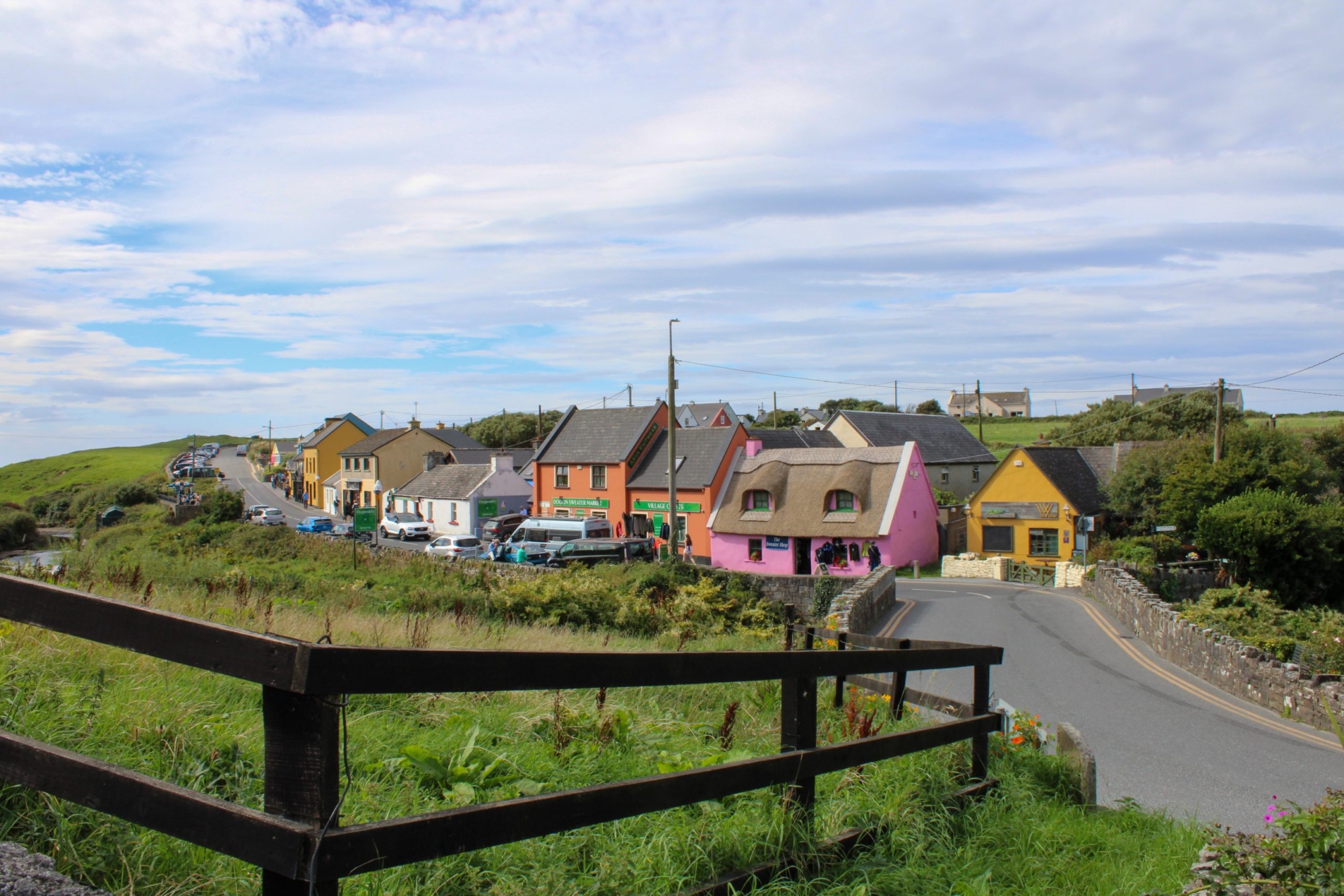
Evening in Doolin Village: Music, Stories and Sea Breezes
As the day wanes, drive the short distance to Doolin village—its cobblestone streets lined with cosy pubs and artisan shops. In the spirit of slow tourism, find a seat at O’Connor’s, McGann’s or McDermott’s, where traditional musicians gather nightly to play fiddles, bodhráns and tin whistles. Let the music wash over you as you sip a pint of porter or a pot of tea. Tap your feet long into the night, and wake up in Doolin for another day of exploration in the Burren.
Plan Your Visit
Book your tour in advance (visitor numbers are strictly limited for conservation).
Allow at least 2 hours to wander the eco-trail, explore the cave on a guided tour and savour local crafts.
Stay nearby in Doolin village for easy access to evening music sessions and fresh seafood.
Extend your stay to include coastal drives, hill walks and days out at other attactions in the Burren or a boat trip to the Cliffs of Moher and Aran Islands—all at a leisurely pace.
